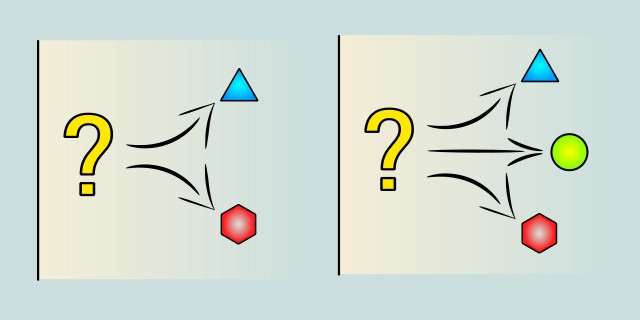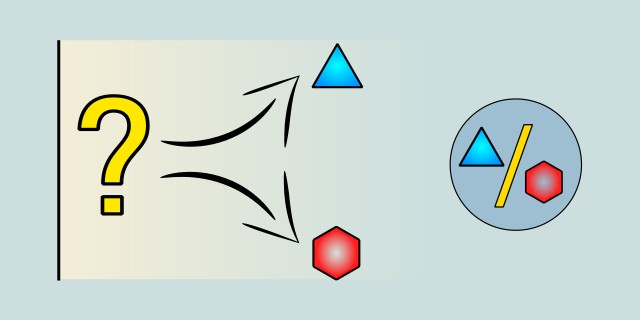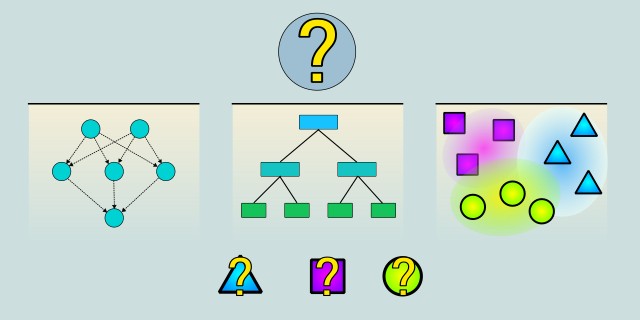Single-Label Classification
Single-label classification is a type of classification task where each instance in the dataset is assigned to one and only one class label. This is in contrast to multi-label classification, where instances can belong to multiple classes simultaneously.

How many classes do your outputs belong to?
Does each instance in your dataset belong to just one of two categories, or to one of many?
Tips:
- If your classification problem has exactly two possible outcomes, choose Binary Classification.
- If your problem involves more than two possible classes, choose Multi-Class Classification.
Binary Classification

Binary classification is a type of classification task where each instance in the dataset is assigned to one of two possible classes. This is a fundamental problem in machine learning and can be approached using various algorithms, each with its strengths and weaknesses.
Binary classification is a type of supervised learning where the model categorizes input data into one of two possible classes. It is one of the simplest and most common classification tasks, often used when the output is a yes/no, true/false, or presence/absence decision. Algorithms for binary classification learn from labeled data to distinguish between the two classes based on input features. This approach is widely applied in fields such as medical diagnosis, spam detection, and fraud detection. The performance of binary classifiers can be evaluated using metrics like accuracy, precision, recall, and F1-score.
Use Case Examples:
- Email Spam Detection: Classifying emails as spam or not spam.
- Medical Diagnosis: Predicting the presence or absence of a disease.
- Credit Card Fraud Detection: Identifying fraudulent transactions.
- Customer Churn Prediction: Predicting whether a customer will leave a service.
- Loan Approval: Deciding if a loan applicant is eligible or not.
Multi-Class Classification

Multi-class classification is a type of classification task where each instance can be assigned to one of three or more classes. This is different from binary classification, where each instance is assigned to one of two classes.
Multi-class classification is a supervised learning task where the goal is to categorize input data into one of three or more classes. Unlike binary classification, where there are only two possible outcomes, multi-class classifiers must distinguish among multiple categories. These algorithms learn decision boundaries that separate the different classes based on training data. Common techniques include one-vs-rest, one-vs-one strategies, and direct multi-class algorithms like neural networks and random forests. Multi-class classification is widely used in image recognition, natural language processing, and many other domains requiring more detailed categorization.
Use Case Examples:
- Handwritten Digit Recognition: Classifying images of handwritten digits (0-9).
- Animal Species Identification: Categorizing animals into species based on photos.
- Document Topic Classification: Assigning documents to topics like sports, politics, or technology.
- Speech Emotion Recognition: Classifying speech samples into emotional states like happy, sad, or angry.
- Plant Disease Diagnosis: Identifying types of diseases affecting crops from leaf images.
Feedback & Sharing
Give us your thoughts on this page, or share it with others who may find it useful.
Feedback
Found this helpful? Let me know what you think or suggest improvements 👉 Contact me.